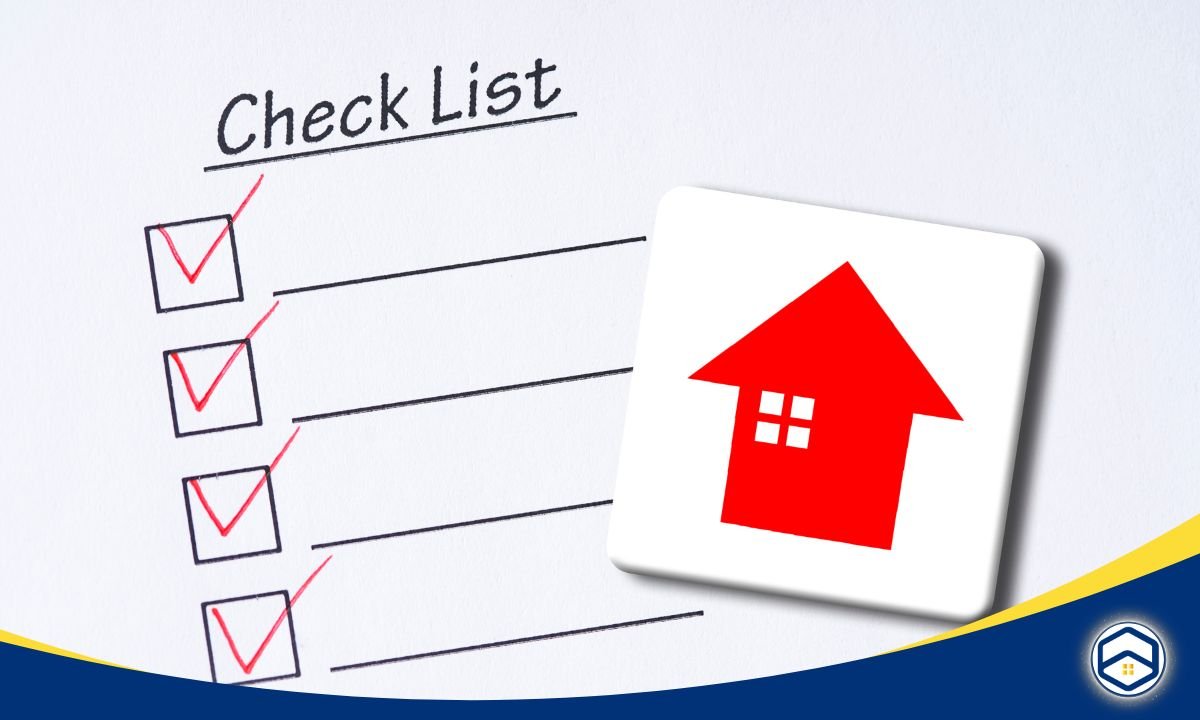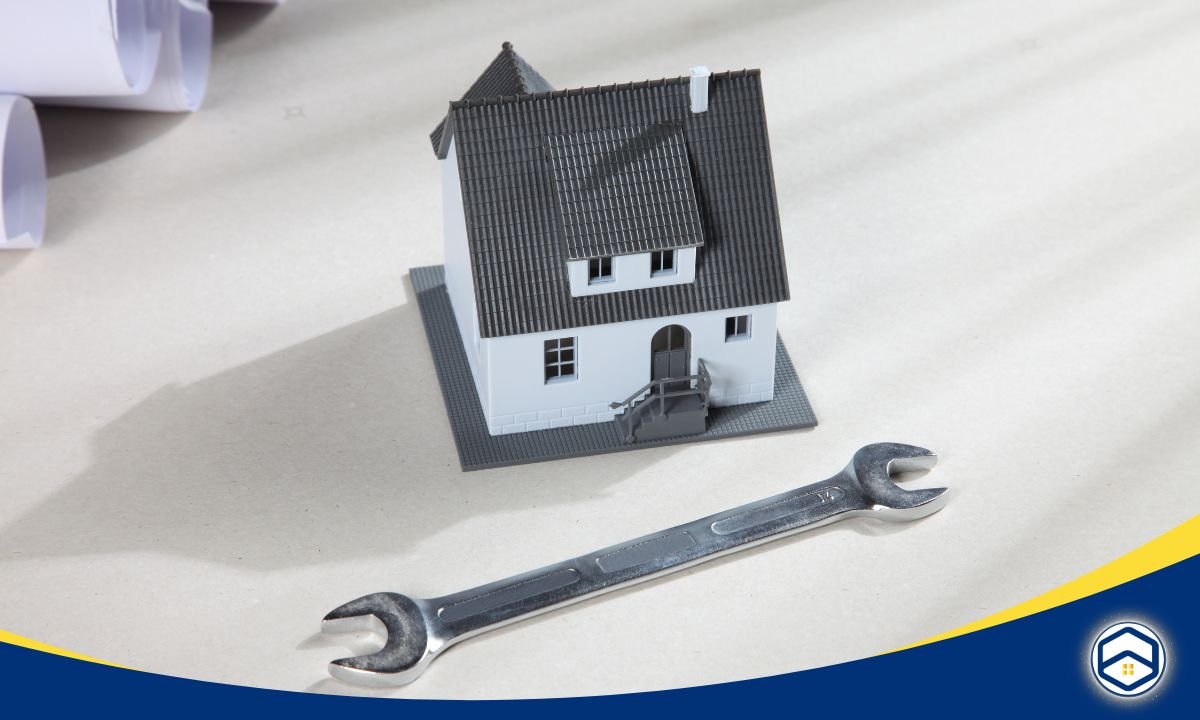Living in Houston, tenants often face the challenge of dealing with unexpected home repairs, from plumbing issues to malfunctioning appliances. Knowing how to handle these repair requests efficiently is essential to maintaining a comfortable living environment and ensuring that you don’t end up paying out-of-pocket for repairs that should be covered by your landlord.
In this Houston repair request guide, we’ll take you through the essential steps of submitting a repair request, understanding your rights and responsibilities as a tenant, and communicating effectively with your landlord or property management team. Whether you’re facing a leaky faucet or a more significant problem like a broken HVAC system, this guide will equip you with the knowledge to address maintenance issues in a way that keeps your home safe and functional.
Understanding Your Rights as a Tenant in Houston
Before diving into the specifics of the Houston repair request guide, it’s crucial to understand your rights as a tenant. As a renter, you are entitled to a habitable living space, and your landlord is legally required to make necessary repairs to keep your apartment or house in good condition.
Texas Law on Habitability
Under Texas law, landlords must provide tenants with a safe and habitable environment, which includes addressing issues that affect health and safety. These can range from malfunctioning plumbing systems to dangerous electrical faults. However, it’s important to note that tenants must notify the landlord of the problem before the landlord is obligated to make repairs.
Timelines for Repairs
In Houston, once a repair request has been made, landlords are generally required to address urgent repairs (those that affect health or safety) within a reasonable time, typically no more than 7 days. Non-urgent repairs, like cosmetic issues, may take longer but should still be addressed promptly.
The Houston Repair Request Process
Now that we understand your rights, let’s explore the process of submitting a repair request in Houston.

Step-by-Step Guide: How to Submit a Repair Request in Houston
1. Identify the Issue and Prioritize Repairs
The first step in the Houston repair request guide is to properly identify the problem. Before contacting your landlord or property manager, take the time to assess the situation and determine the severity of the issue.
- Urgent Repairs: These include issues that could pose a health or safety risk, such as broken plumbing, electrical hazards, or problems with your HVAC system during extreme weather.
- Non-Urgent Repairs: These are typically less pressing, such as cosmetic issues, non-functional appliances, or minor leaks.
Prioritizing the repairs will help you decide whether the problem needs immediate attention or if it can wait until regular business hours. For urgent issues, always indicate the level of urgency when submitting the repair request.
2. Review Your Lease Agreement
Your lease agreement should outline the proper procedure for submitting repair requests. It may specify whether you should contact your landlord directly or submit the request through an online portal or a property management company.
- Lease Provisions: Some leases have specific instructions for repair requests, such as required notice periods or a preferred method for submitting complaints.
- Maintenance Responsibilities: Ensure you are aware of what the landlord is responsible for maintaining. In some cases, tenants may be responsible for minor repairs, such as replacing light bulbs or air filters.
Familiarizing yourself with the terms in your lease agreement will ensure you follow the proper procedure and avoid any potential misunderstandings.
3. Document the Problem
Alt Text: Checklist for documenting the problem in a repair request
Caption: A helpful checklist for documenting the problem
When you notice an issue that requires attention, it’s crucial to document the problem. Taking photos or videos can help convey the severity of the issue, particularly for more significant problems. Documenting the repair request will also serve as evidence should any disputes arise in the future.
- Take Photos and Videos: Clear pictures or videos will help your landlord assess the situation more effectively.
- Make Note of Details: Record important details, such as when the problem started, if it has worsened over time, and whether it is affecting your ability to use certain parts of the home.
This documentation will make your request more professional and will support your case if follow-up is needed.
4. Submit the Repair Request
Once you’ve documented the issue, it’s time to submit the repair request. Be sure to include the following details:
- A Clear Description of the Problem: Provide a concise yet detailed explanation of the issue you are facing.
- Date of the Request: Include the date the problem was first noticed.
- Pictures or Videos (if applicable): Attach any relevant visual documentation to provide context.
- Your Contact Information: Make sure to include your full name, apartment number, and preferred contact method.
Most landlords or property managers have an online maintenance request portal, but if they don’t, you may need to call or send an email. Make sure you follow up if you don’t receive confirmation or a timeline for repairs.
5. Follow Up on the Repair Request
After submitting the repair request, it’s essential to stay in touch with your landlord or property manager. If you don’t receive a response within a reasonable amount of time, follow up to check on the status of your request.
- Reasonable Follow-Up: If the issue is urgent, you may need to follow up within a day or two. For non-urgent repairs, following up every 5-7 days is appropriate.
- Escalating the Issue: If your landlord is not responding to urgent repairs or neglecting their responsibilities, you may need to send a formal letter or contact your local tenants’ rights association.
Staying on top of the repair request will help ensure that your issue is addressed promptly.

Common Repair Issues in Houston Rentals and How to Handle Them
Understanding the types of common repair issues in Houston will help you navigate the Houston repair request guide more effectively. Below are some common problems you might face as a tenant:
1. Plumbing Problems
Houston’s older buildings, in particular, may have plumbing systems that are prone to issues such as leaks, clogs, or water pressure problems.
- What to Do: For leaks, immediately turn off the water supply and notify your landlord. For clogs, try using a plunger or contact your landlord to schedule professional plumbing services.
2. HVAC Issues
During the scorching summer months or chilly winters, HVAC problems can cause serious discomfort.
- What to Do: If your air conditioning or heating unit isn’t working, document the issue, and request service immediately. If the unit is old or repeatedly breaks down, you may want to request a replacement.
3. Electrical Problems
Faulty wiring or power outages can be dangerous. Always report electrical problems to your landlord right away to avoid safety risks.
- What to Do: Document the issue, and never attempt to fix electrical issues yourself. Call for an electrician if the problem involves exposed wires, sparking outlets, or power failures.
4. Pest Control
In Houston, pests like rodents, ants, and cockroaches can quickly become a problem, especially in older buildings.
- What to Do: Report the infestation as soon as possible. Some leases may specify whether the landlord or tenant is responsible for pest control, so check your agreement.
Troubleshooting Tips Before Submitting a Request
While it’s always a good idea to involve your landlord or property manager in repairs, here are a few troubleshooting tips to help address minor problems before submitting a repair request:
- Reset Circuit Breakers if you experience power outages.
- Check the Air Filters on your HVAC system for improved airflow.
- Unclog Drains with a plunger before submitting a request.
- Inspect Water Fixtures to ensure faucets are fully turned off to prevent leaks.
These small fixes can save you time and prevent non-urgent requests from piling up.

Conclusion
Understanding how to navigate the Houston repair request guide is essential for maintaining a comfortable and safe living environment in the city. By following the steps outlined in this guide—documenting issues, following the proper channels, and knowing when to follow up—you can ensure that your repair requests are handled efficiently.
Remember, as a tenant in Houston, you have the right to a habitable home, and it’s your responsibility to communicate problems effectively with your landlord. Whether you face plumbing issues, HVAC malfunctions, or pest infestations, being proactive and knowledgeable about your rights and responsibilities will help keep your living space in the best possible condition.
Stay prepared, communicate clearly, and take action as needed to make your home a safe and functional space to live.











